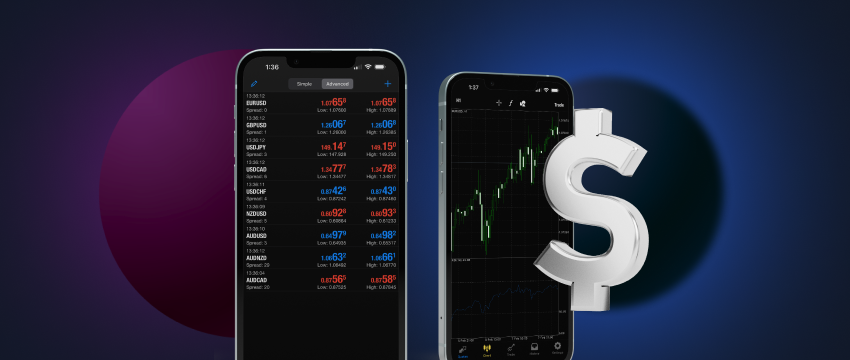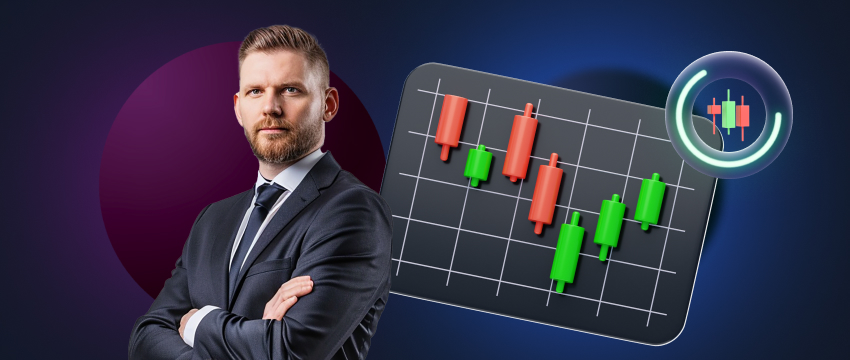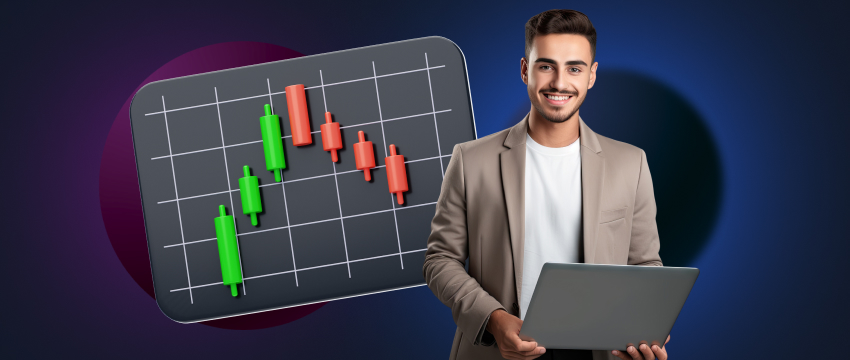A forex currency trader participates in the buying e selling of currencies on the foreign exchange market. With the aim of making a profit. Decentralized, the market also operates 24/5 across several major financial centers across the globe.
The largest are London, Tokyo, Singapore, Sydney, and New York. The forex market sees trillions of dollars of transactions daily, making it the largest securities market in the world by nominal value.
There are many different types of traders, each one with their own trading strategy and approach. For example, traders de dia typically adopt a short-term approach to trading, opening and closing several trades. Within the same trading day, in order to mitigate overnight risks.
Scalpers follow a similar approach, entering and exiting a large volume of trades throughout the day. With the intent to profit from small price fluctuations.
Swing traders follow a medium-term approach, holding onto trades for several days and even weeks. Also, incurring the unpredictability of overnight risk. Traders de posição hold positions for weeks, months, or even years, basing their strategies on long-term market trends.
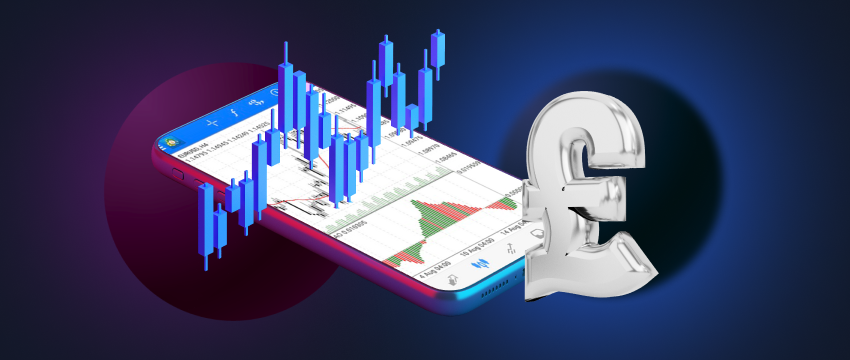
Technical and fundamental analysis
While different forex currency traders implement different strategies, they do exhibit similar behaviors in their attempt to profit from trades. For one, they understand the importance of having a proper understanding of the forex market.
This includes how currency pairs work, and what drives price volatility and exchange rates. And the necessity for effective risk management (e.g., stop loss orders, take profit orders, strategic position sizing, portfolio diversification, cautious use of leverage).
Currency traders will commonly apply technical analysis, fundamental analysis, or a combination of the two, to make informed trading decisions. Technical analysis refers to the study of historical price charts and the use of different indicators. And patterns to predict future price movements.
They are likely to use tools like RSI (relative strength index), moving averages, Bandas de Bollinger, Momentum Indicators, Fibonacci Retracements, etc. In contrast, fundamental looks at a company’s financial statements and broader economic indicators to establish a security’s intrinsic value. Key fundamental indicators mais populares incluem GDP growth rates, unemployment rates, interest rates, inflation rates, etc.
Trading psychology
The forex market is arguably one of the most volatile financial markets in the world. Leading to elevated feelings of stress, fear, and anxiety. It’s no wonder that currency traders work hard to get a proper handle on their emotions to avoid poor decision-making. In fact, trading psychology has become a massive component of trading today, with significant research focused on it. For those not in the know, let’s explore trading psychology a little more.
In a nutshell, trading psychology refers to the emotions that drive trading behaviours. It represents different aspects of a person’s character and behaviours that impact trading outcomes and are just as important as skill and knowledge. Some of the most common feelings that are said to drive trading behaviour are fear and greed. It can also include an obsession with generating wealth quickly, often leading to impulsive decisions riddled with risk.
Managing risk
Forex currency traders are mindful of risk, or at least they should be, as managing risk properly is key in increasing one’s potential for success. As we’ve already mentioned, risk management comes in many forms, such as:
- Setting orders: this includes stop-loss and take-profit orders. A stop-loss order is triggered if a market price reaches a specified level. It’s deployed to mitigate the threat of loss if prices move against you. A take-profit order seeks to lock in profits at a predetermined price level.
- Portfolio diversification: this refers to spreading one’s investments around to limit exposure to one type of asset. It seeks to keep your capital safer by including different types of financial assets in a portfolio.
- Precise position sizing: position sizing refers to the dollar amount that a trader will use to open a new trade. A proper risk management plan will aim to prevent excessive losses through optimal position sizing.
- Cautious use of leverage: CFD trading in forex tends to be highly leveraged. Leverage is essentially borrowed funds that allow a trader to open larger positions than what their own account balance would typically permit. Leverage is often referred to as a double-edged sword, however. This is because while it can amplify gains, it can also magnify losses considerably. This is why traders must exercise caution in their use of leverage and only use funds that align with their budget, level of expertise, and risk tolerance.
- Building a trading plan: yes, successful traders typically have a definitive trading plan in place that specifies their goals, budget, strategy, e risk management techniques.
Forex Currency trading platforms
Forex currency traders use different trading platforms to execute trades and conduct market analysis. One of the most popular trading platforms in the world is the MetaTrader 4 (MT4), highly renowned for its ease of use, advanced analysis tools, automated trading capabilities, and phenomenal range of indicadores técnicos. Other reasons why MT4 is in such high demand include:
- Compatibility across multiple devices and operating systems
- Mobile trading options
- Highly secure
- Easy to navigate, regardless of expertise
- Expert advisors
- Programming language
- Built in marketplace to buy or try out custom indicators, different EAs, etc
- Offers demo account
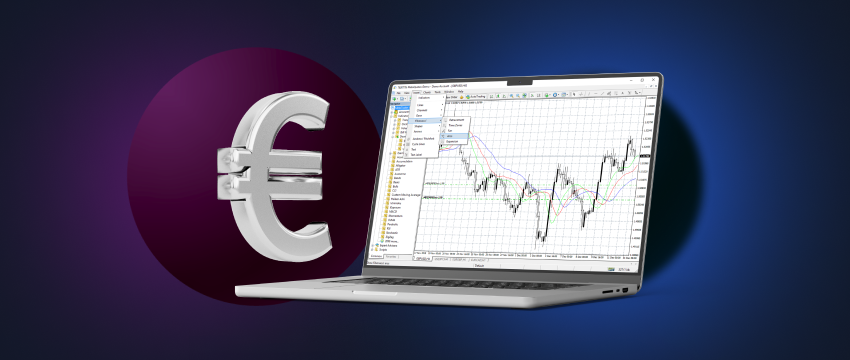
Formação contínua
Another commonality between forex currency traders is their understanding of the necessity for ongoing trading related education. The forex market is constantly evolving, and technologies are advancing at an unprecedented rate.
To be able to keep ahead of all new developments requires a concerted effort to hone your skills and arm yourself with current knowledge. There is an abundance of learning tools available all across the internet, many of them accessible for free or at a low cost. Forex brokers also usually provide their traders with access to a wide range of educational material that comes in the form of videos, blogs, seminars, webinars, podcasts, and so much more.
Additionally, a CFD broker like T4Trade also offers innovative tools like an Economic Calendar that provides real-time economic coverage enabling traders to track and react to potential market-moving events, as well as Trading Calculators, and more.
Another way forex traders tend to increase their expertise is by signing up for a demo trading account to practice trading. A demo account is a great way to learn how to navigate the forex market in that it allows you to execute trades using virtual money, thereby keeping your own capital safe.
This provides the peace of mind to learn more about best trading practices at your own pace, without worrying that you’re putting your capital at risk.
A demo account also allows you to learn more about technical and fundamental analysis and offers the opportunity for you to deploy different trading strategies and record outcomes.
Once you’ve eventually gained the confidence, you can move to live trading using a small amount of money. With time, you’ll gain the experience to increase trading size, if and when possible.

Negociar com a T4Trade
T4Trade has gained popularity among international forex traders due to its excellent multilingual customer support team, extensive market expertise, innovative plataformas de negociação, and high quality educational resources.
T4Trade traders also have access to over 300 trading instruments across 6 asset classes, flexible leverage, narrow spreads, quick execution and convenient deposit and withdrawal options. Traders can also choose from multiple trading accounts that best suit their needs and individual preferences.
AVISO LEGAL: A informação disposta não deve ser interpretada como consultoria financeira ou recomendação de investimento, sendo apresentada apenas para fins de comunicação e marketing.
